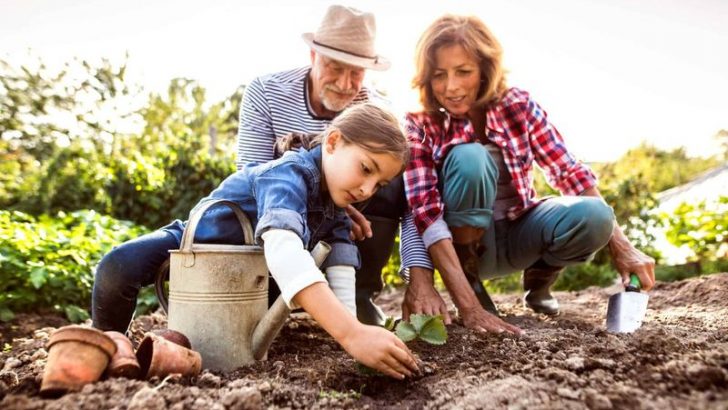Our grandparents’ generation mastered the art of frugality through necessity and creativity. They found ways to stretch a dollar further and make the most of what they had, offering timeless lessons for us today. These practices not only saved money but also fostered a sense of community and resourcefulness. Here’s a look at 11 tried-and-true money-saving techniques from our grandparents that remain relevant and inspiring in today’s world, encouraging us to embrace simplicity and sustainability in our daily lives.
1. Home Gardening
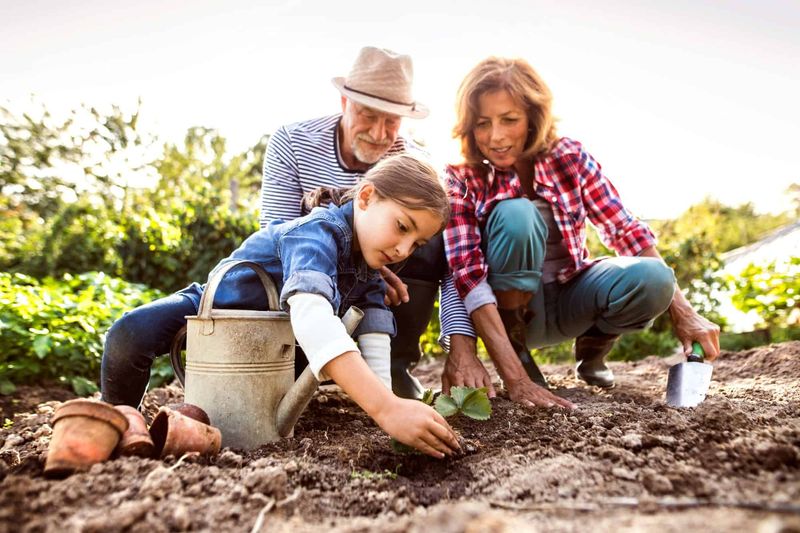
Start with a seed and a bit of soil, and watch your savings grow. Our grandparents often turned their backyards into bountiful gardens, harvesting fresh produce throughout the year. Home gardening reduces grocery bills and ensures access to organic, pesticide-free vegetables.
Imagine the taste of a sun-ripened tomato, picked at its peak. It’s a simple pleasure that also encourages physical activity and offers mental peace.
Additionally, sharing garden surplus with neighbors fosters community spirit, reminiscent of a time when people relied on each other more closely. Garden-to-table living remains a fulfilling lifestyle.
2. Clothing Repairs
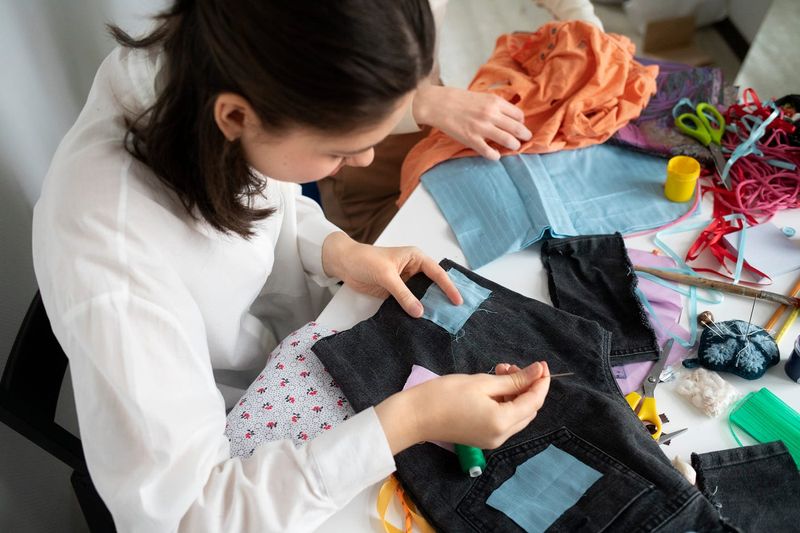
In a world of fast fashion, the art of repairing clothes is a lost gem. Our grandparents knew the value of a well-made garment, choosing to mend rather than replace. With a needle and thread, they extended the life of their clothing.
This practice teaches us patience and appreciation for quality craftsmanship. An added button or patched hole not only saves money but also reduces waste.
Sewing skills empower us to personalize our wardrobe, adding unique touches to each piece. Rediscovering this art can transform our perspective on clothing consumption.
3. Preserving and Canning
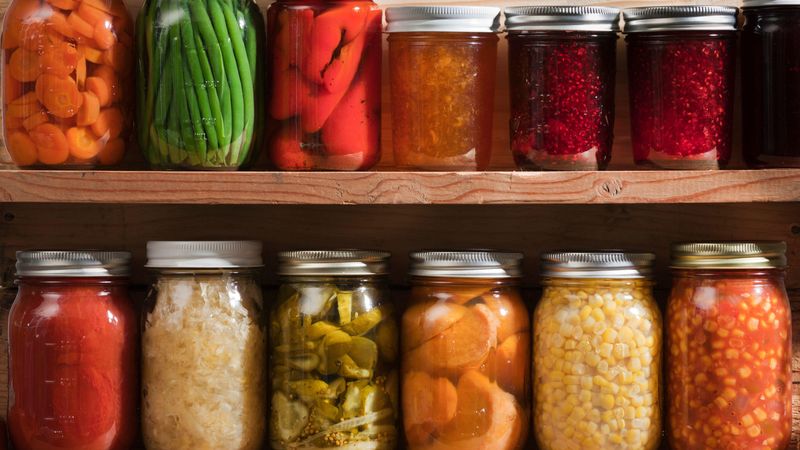
Preserving and canning were kitchen staples in our grandparents’ era, a tradition worth revisiting. By sealing seasonal fruits and vegetables in jars, they enjoyed year-round flavors without the high cost.
Canning requires some initial investment in jars and a bit of learning, but the rewards are delicious and economical. Imagine opening a jar of homemade jam, filled with summer’s essence, in the midst of winter.
This practice also supports sustainable living by reducing reliance on store-bought products. It’s a tasty way to save money while savoring homemade goodness.
4. Bargain Hunting
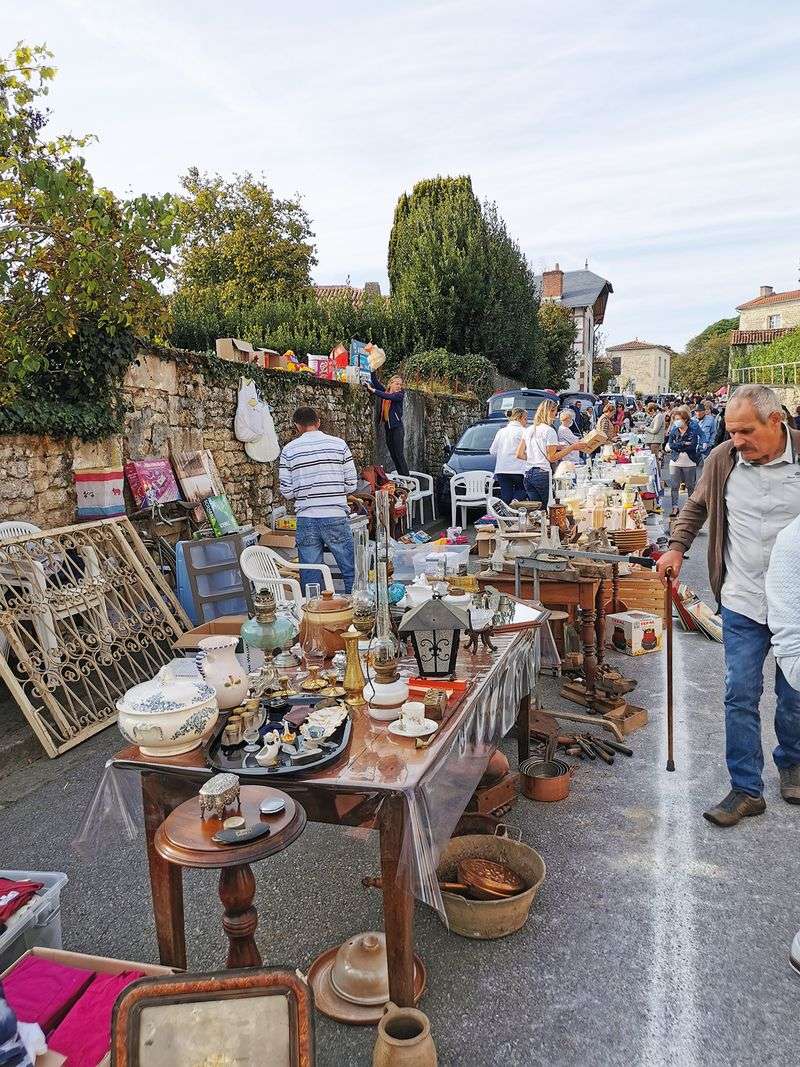
Bargain hunting was a skill our grandparents honed to perfection, often visiting flea markets and garage sales. They found treasures at a fraction of retail prices, proving that quality doesn’t always come with a hefty price tag.
This practice teaches us to be patient and discerning, evaluating the true value of items. It’s an adventurous way to shop, filled with the excitement of discovery.
Moreover, reusing pre-loved items extends their life cycle, contributing to environmental sustainability. Bargain hunting offers cost-effective shopping with a thrill.
5. Homemade Cleaning Solutions
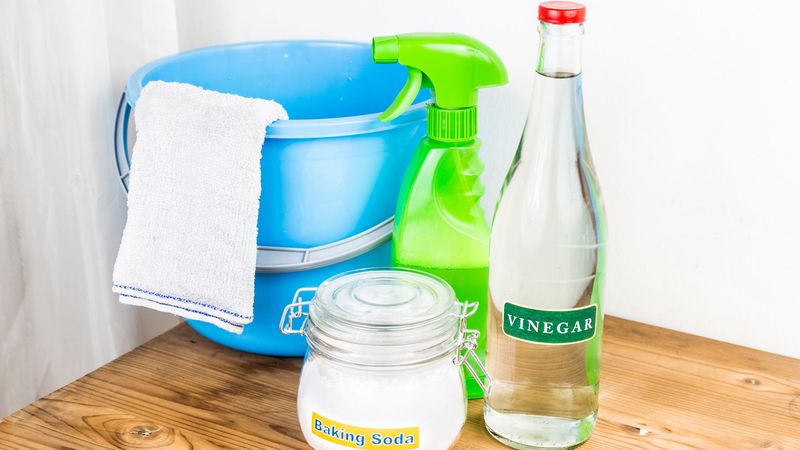
Our grandparents knew the secret to clean homes without chemicals or high costs: homemade cleaning solutions. With simple ingredients like vinegar and baking soda, they crafted effective cleaners.
These natural solutions are not only cost-effective but also environmentally friendly, promoting a healthier living environment. The pleasant aroma of essential oils adds freshness without synthetic fragrances.
Creating these solutions is an empowering act, reminding us that simplicity often trumps complexity. By adopting this habit, we honor a tradition that balances cleanliness with consciousness.
6. Handmade Gifts
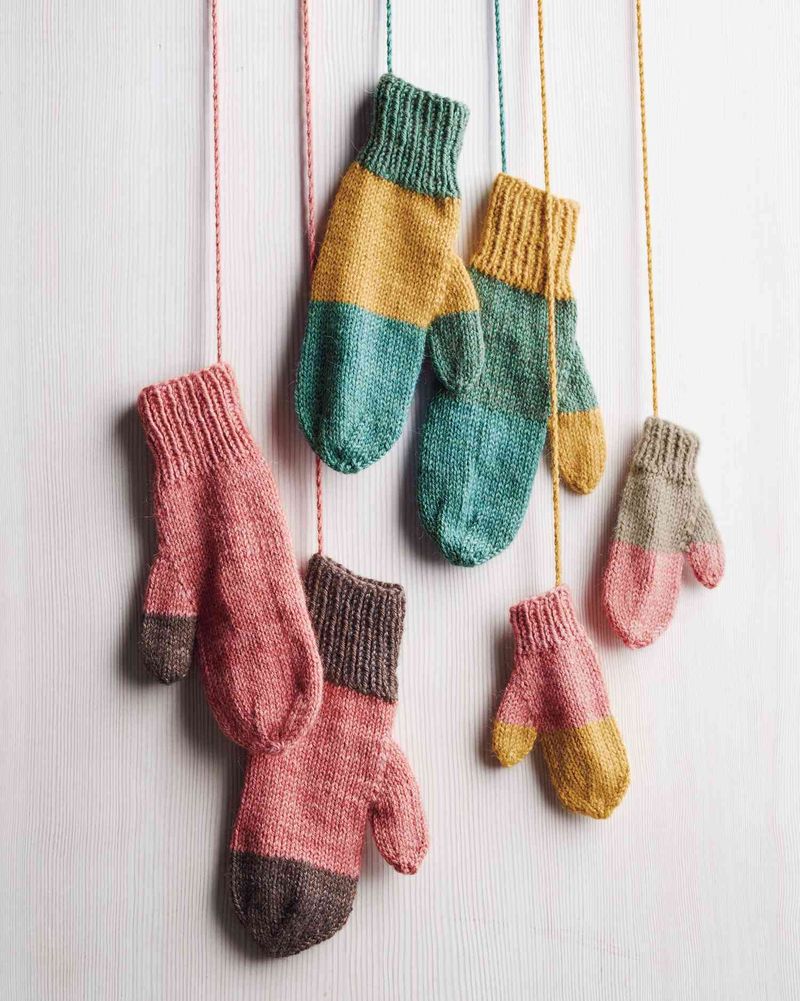
In a time when gifts came from the heart, our grandparents often crafted their own. Handmade gifts like knitted scarves or baked goods spoke volumes of love and care. They remind us that thoughtfulness outweighs monetary value.
Creating gifts requires time and creativity, qualities that enhance their sentimental worth. These gestures strengthen bonds, offering a personal touch that store-bought items lack.
Additionally, crafting is therapeutic, allowing for relaxation and focus. By embracing this tradition, we can give meaningful presents that truly resonate.
7. Batch Cooking

Batch cooking was a strategy our grandparents used to save time and money. By preparing meals in large quantities, they ensured there was always something homemade to eat.
This approach reduces reliance on convenience foods, cuts grocery costs, and minimizes food waste. The aroma of a simmering stew, portioned for future meals, is a comforting reminder of home.
It encourages planning and efficiency, transforming meal prep into a manageable task. Batch cooking brings a sense of order and satisfaction to daily life.
8. Rainwater Collection
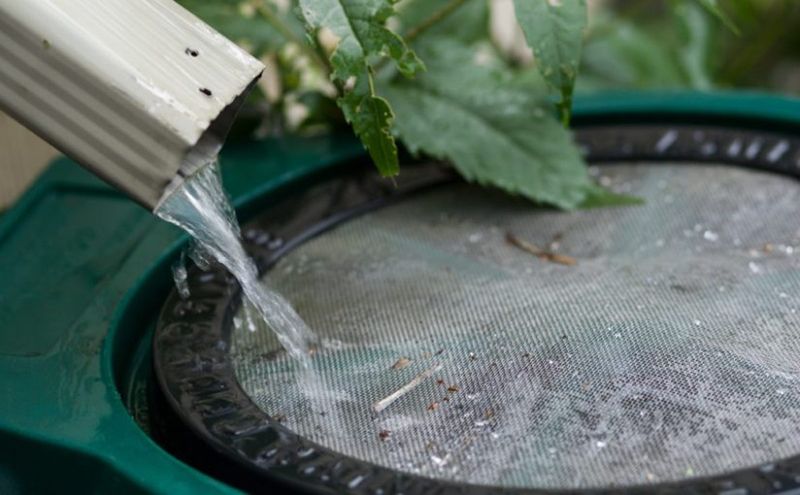
Collecting rainwater was a common practice our grandparents used to conserve water resources. With barrels placed beneath downspouts, they harnessed nature’s gift for gardening and cleaning purposes.
This eco-friendly practice reduces water bills and supports sustainable living by utilizing free resources. The sound of raindrops filling a barrel is a soothing reminder of nature’s abundance.
Installing a rainwater collection system is straightforward and offers long-term benefits for the environment and household budget. It’s a simple yet impactful way to honor our grandparents’ resourcefulness.
9. Library Visits
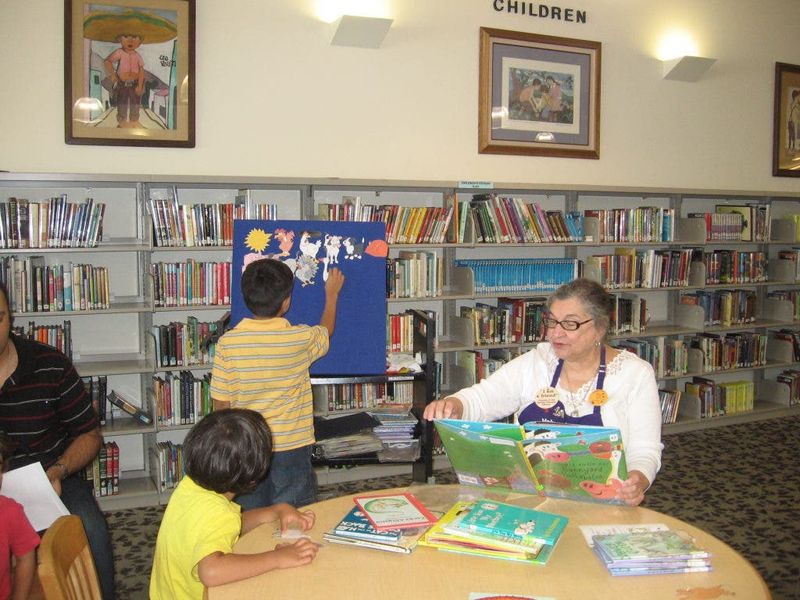
Libraries were a treasure trove for our grandparents, offering knowledge and entertainment without cost. Regular visits to the library provided access to books, films, and community events.
This practice fosters a love for learning and exploration, encouraging us to seek knowledge in diverse fields. Libraries also serve as social hubs, connecting people with shared interests.
The quiet ambiance and endless possibilities make libraries a sanctuary for curious minds. By frequenting libraries, we uphold a legacy of continuous learning and community engagement.
10. Secondhand Shopping

Secondhand shopping was a norm for our grandparents, who knew the value of a good find. Thrift stores and consignment shops offered unique items at affordable prices.
This sustainable approach to fashion reduces waste and supports local businesses. The thrill of discovering a hidden gem adds excitement to shopping trips, transforming them into treasure hunts.
Choosing secondhand promotes individuality, allowing us to curate a wardrobe that reflects personal style without breaking the bank. It’s a timeless practice with modern relevance.
11. DIY Home Repairs
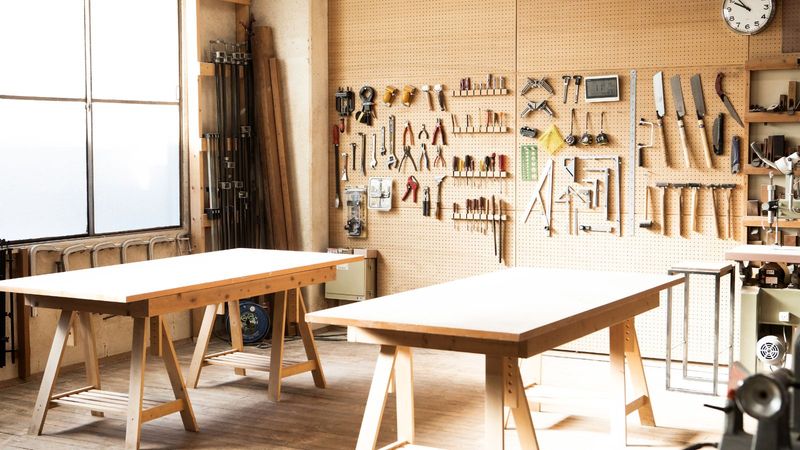
Do-it-yourself home repairs were a staple in our grandparents’ lives, showcasing ingenuity and self-reliance. With basic tools, they tackled repairs and maintenance, saving money and gaining skills.
This hands-on approach encourages problem-solving and boosts confidence in one’s abilities. The satisfaction of fixing something with your own hands is unparalleled.
DIY projects also offer opportunities for creativity and customization, allowing for personal expression within the home. Embracing this practice enhances our living spaces and respects the legacy of self-sufficiency.

Well, hello there!
My name is Jennifer. Besides being an orthodontist, I am a mother to 3 playful boys. In this motherhood journey, I can say I will never know everything. That’s why I always strive to read a lot, and that’s why I started writing about all the smithereens I came across so that you can have everything in one place! Enjoy and stay positive; you’ve got this!

